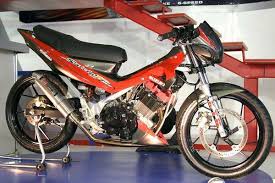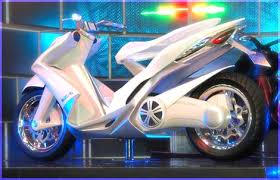Stepper motors and servo motors have some similarities and many differences. In general, stepper motors are controllable in steps without feedback whereas servo motors require a feedback device to make adjustments accordingly. Troubleshooting these two staples of industrial machinery is not all that complex when you have a basic understanding of electricity and some proficiency using a multimeter. A general familiarity with motors and their operation and design is an added advantage as well. Stepper motors and servo motors can be found in virtually every industrial environment these days. The complexity of industrial machines and the modern controls that make them so efficient usually feature a servo motor or stepper for some type of motion control. Mechanical ratchets and gears, as well as human guided movement have long been replaced by these precision motors.
Before beginning any troubleshooting of industrial equipment, the maintenance personnel or the individual responsible for troubleshooting and repair should take all steps required to ensure his or her own safety and the safety of those in the area of the machinery. Proper lockout, tagout, and verification that the machine is energy-free is the responsibility of everyone involved in the troubleshooting.
First we need to remember that the motor is just one part of a motion control system. Once you have verified that the rest of the system is functioning normally, you can then proceed to determine if the motor has failed using a few simple tests. These test can be performed using a standard multimeter or a megohmmeter if one is available.
First, disconnect and label the motor cable at the motor junction box. Each wire on the motor can then be checked for continuity to ground using a standard ohmmeter. Each wire should read infinite or at least 100,000 ohms at a minimum, anything below that reading or a direct short to ground would indicate a failed winding. Be sure to make a good clean connection on both the motor wire and ground lug or case of the motor. Repeat this test with a megohmmeter is one is available.
To check for continuity between the windings, you will need to set your ohmmeter to its lowest scale. There should be continuity between all three combinations of wires (T1 & T2, T1 & T3, T2 & T3) that reads in the area of 0.3 to2 ohms. A reading of 0.0 ohms would indicate a short circuit and and infinite or a reading of at least 1000 ohms would indicate an open winding, hence a failed motor.
Motor containing brushes can be visually checked and the commutators cleaned when necessary. Brush dust can be carefully blown out of a dirty motor using compressed air. This may even help alleviate a resistance reading to ground during the short test. Overall, the basics of servo motors and stepper motors are much the same as a standard motors. Testing is also similar yet the name servo or stepper can sometimes intimidate even a seasoned electrician or maintenance technician.
















0 komentar:
Post a Comment